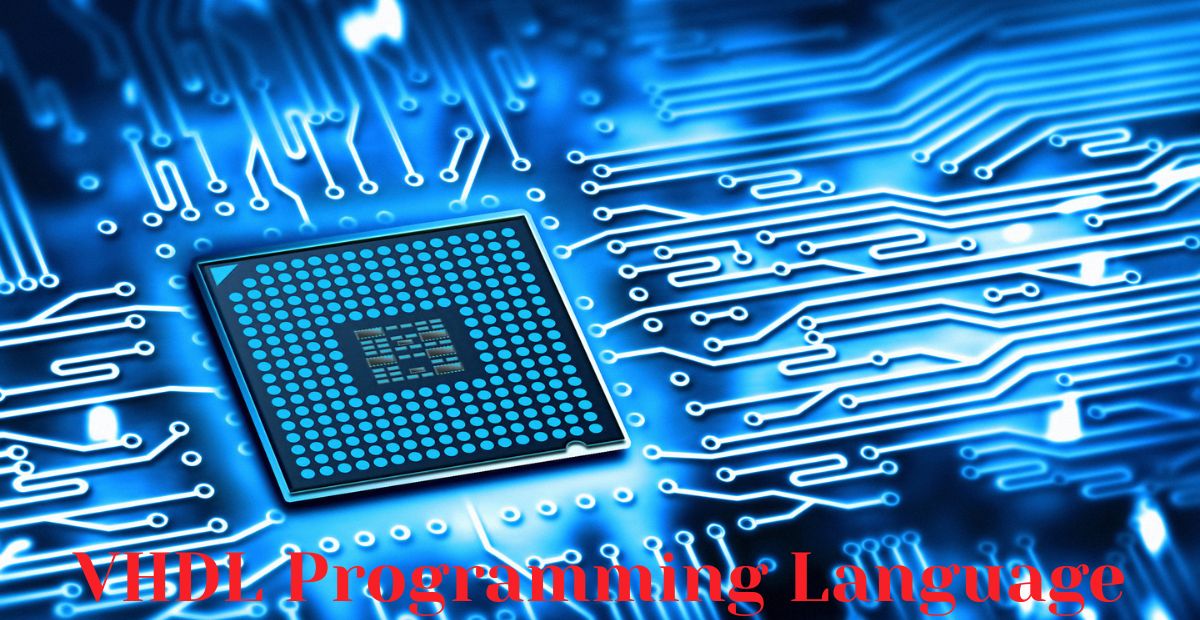Introduction
The demand for full-stack developers continues to soar in 2025, with businesses seeking versatile professionals who can handle both front-end and back-end development. Whether you’re a beginner or an experienced programmer looking to upskill, this step-by-step guide will help you master the essential skills, tools, and best practices to become a highly paid full-stack developer in 2025.
By the end of this blog, you’ll have a clear full-stack developer roadmap, including:
- Key skills required
- Best programming languages
- Frameworks & tools
- Certifications & courses
- Job-ready portfolio tips
- Salary expectations & job outlook
What is a Full-Stack Developer?
Full-stack developers work across the complete web development stack, handling both client-facing interfaces and server-side systems including databases. They work with databases, APIs, user interfaces, and server logic to create fully functional web apps.
Why Become a Full-Stack Developer in 2025?
Many organizations now prioritize hiring full-stack developers due to their ability to work across all layers of application development, from user interfaces to server systems. Here’s why this career path is a smart choice in 2025:
- High demand: Companies prefer full-stack developers for cost-efficiency and versatility.
- Lucrative salaries: The average salary ranges from $90,000 to $150,000+ (based on experience).
- Career flexibility: Work on startups, enterprises, or freelance projects.
- Future-proof skills: AI, cloud computing, and IoT are increasing demand for full-stack expertise.
Full-Stack Developer Roadmap for 2025
1. Learn Front-End Development
Front-end development focuses on building the visible interface components of websites and applications, including layout, design, and user interaction features that operate in web browsers. Developers use HTML, CSS, and JavaScript to design layouts, ensure responsiveness, and enhance usability.
Modern front-end development often includes frameworks like React, Angular, or Vue.js, which help streamline coding and improve functionality. Tools like Sass, Webpack, and Git are commonly used for styling, bundling, and version control.
You must master:
Core Technologies:
- HTML5 – Structure of web pages
- CSS3 – Styling & animations
- JavaScript (ES6+) – Dynamic functionality
Front-End Frameworks & Libraries:
- React.js (Most popular in 2025)
- Vue.js (Growing fast)
- Angular (Enterprise preference)
- Svelte (Emerging trend)
Additional Skills:
- Responsive Design (Bootstrap, Tailwind CSS)
- State Management (Redux, Context API)
- Web Performance Optimization
2. Master Back-End Development
Back-end development focuses on server-side programming, databases, and application logic that make websites and apps function. While users don’t see it directly, the back-end handles data processing, security, and performance.
Key skills include:
Back-End Programming Languages:
- JavaScript (Node.js) – Best for full-stack JS developers
- Python (Django, Flask) – Commonly used for web development, artificial intelligence, and automation tasks.
- Java (Spring Boot) – Enterprise-level apps
- C# (.NET) – Microsoft ecosystem
- PHP (Laravel) – Still relevant for legacy systems
Databases:
- SQL (PostgreSQL, MySQL) – Structured data
- NoSQL (MongoDB, Firebase) – Scalable apps
APIs & Authentication:
- RESTful APIs
- GraphQL (Modern alternative)
- JWT & OAuth (Security)
3. Understand DevOps & Cloud Computing
DevOps combines software development (Dev) and IT operations (Ops) to improve collaboration, automation, and efficiency in the software development lifecycle. Cloud Computing provides scalable, on-demand computing resources over the internet, enabling businesses to deploy applications faster and more cost-effectively.
Modern full-stack developers must know:
- Git & GitHub – Version control
- Docker & Kubernetes – Containerization
- CI/CD Pipelines (GitHub Actions, Jenkins)
- Cloud Platforms (AWS, Azure, Google Cloud)
4. Build Real-World Projects
Real-world projects provide hands-on experience that transforms technical knowledge into practical skills. These projects simulate industry challenges, helping developers and engineers build problem-solving abilities and portfolio-worthy work.
Hands-on experience is crucial! Start with:
- To-Do App (React + Node + MongoDB)
- E-Commerce Website (Next.js + Stripe API)
- Social Media Dashboard (Vue + Firebase)
- AI-Powered Chatbot (Python + Flask)
5. Get Certified (Optional but Helpful)
Professional certifications demonstrate your expertise and commitment to continuous learning in technology fields. Industry-recognized credentials help verify your skills to employers and can enhance career opportunities.
Boost your resume with:
- AWS Certified Developer
- Google Cloud Professional Developer
- Microsoft Certified: Azure Developer
- Meta Front-End Developer Certificate
6. Create a Strong Portfolio & LinkedIn Profile
A well-crafted portfolio and optimized LinkedIn profile are essential for demonstrating your skills, experience, and achievements to potential employers and clients. They serve as your digital resume and professional brand.
- GitHub Repositories (Showcase projects)
- Personal Website (Host on Vercel/Netlify)
- LinkedIn Optimization (Highlight skills & certifications)
7. Apply for Jobs & Freelance Gigs
Finding the right job or freelance project requires strategy, preparation, and persistence. Whether you’re seeking full-time roles or independent gigs, these steps will help you stand out in a competitive market.
- Job Portals: LinkedIn, Indeed, Glassdoor
- Freelance Platforms: Upwork, Fiverr, Toptal
- Networking: Attend meetups & hackathons
Full-Stack Developer Salary in 2025
| Experience Level | Average Salary (USD) |
| Entry-Level | $70,000 – $90,000 |
| Mid-Level | $90,000 – $120,000 |
| Senior-Level | $120,000 – $180,000 |
Top-paying industries: FinTech, AI, Cloud Computing
Future Trends for Full-Stack Developers
- AI Integration (ChatGPT, LLMs in apps)
- Web3 & Blockchain (Smart contracts, dApps)
- Edge Computing (Faster performance)
- Low-Code/No-Code Tools (Still need developers!)
Final Tips to Succeed in 2025
- Stay updated (Follow blogs, take courses)
- Contribute to open-source (GitHub)
- Network with developers (Twitter, Discord)
- Specialize in a niche (AI, Cybersecurity, etc.)
Conclusion
Developing full-stack skills in 2025 involves consistent learning and practical application across both front-end and back-end technologies. By following this step-by-step roadmap, you’ll gain the skills, projects, and certifications needed to land high-paying jobs in tech.
Start learning today and future-proof your career!
FAQs on Becoming a Full-Stack Developer in 2025
What is the typical learning timeline for acquiring full-stack development skills?
- Self-paced learning: 6–12 months (with 3–5 hours/day of practice).
- Bootcamps: 3–6 months (intensive, structured programs).
- Degree programs: 3–4 years (CS degree + side projects).
Do employers require a computer science degree for full-stack development roles?
- A strong portfolio (GitHub, live projects)
- Relevant certifications (AWS, Meta, Google Cloud)
- Problem-solving skills (LeetCode, system design practice)
- 60% of hired full-stack developers in 2024 were self-taught or bootcamp grads (Source: Stack Overflow Survey).
Which programming language is best for full-stack development?
What’s the difference between front-end, back-end, and full-stack?
- Front-end: What users see (React, CSS, UI/UX).
- Back-end: Server/database logic (APIs, Python, SQL).
- Full stack: Both + DevOps basics (cloud, CI/CD)
- Example: A full-stack dev builds Netflix’s UI (front-end) + its recommendation algorithm (back-end).
Do I need to learn DevOps as a full-stack developer?
- Deploying apps (AWS, Vercel, Heroku)
- Containerization (Docker, Kubernetes)
- CI/CD pipelines (GitHub Actions)
Is full-stack development oversaturated?
- Startups needing versatile devs.
- AI/Web3 requiring full stack + niche skills.
- Remote work expanding global opportunities.
-
Full-stack roles will grow 15% by 2026 (U.S. Bureau of Labor Statistics).
What’s the best way to practice full-stack skills?
- Clone real apps (Twitter, Spotify)
- Contribute to open-source (GitHub)
- Freelance gigs (Upwork, Fiverr)
- Hackathons (Build under time pressure)
How much math do I need for full-stack development?
- Basic algebra (for algorithms)
- Logic/problem-solving (LeetCode)
- Statistics (only for AI/ML roles)
Should I learn TypeScript as a full-stack developer?
- 80% of React/Node jobs prefer TypeScript.
- Benefits: Fewer bugs, better scalability.
How do I stay updated as a full-stack developer?
- Newsletters: JavaScript Weekly, Dev.to
- YouTube: Fireship, Web Dev Simplified
- Podcasts: Syntax.fm, CodeNewbie
Can I become a full-stack developer at 40+?
- Problem-solving skills > age
- Career transition portfolios (e.g., ex-teacher turned dev)
- Soft skills (communication, teamwork)
Mastering full-stack development transforms how you build digital solutions, turning fragmented code into seamless, high-performance applications. By combining front-end creativity with back-end logic, modern frameworks with robust architecture, you can convert complex requirements into efficient, user-centric systems.
For more insights on mastering development and building impactful tech solutions, follow Infinity Logic.





